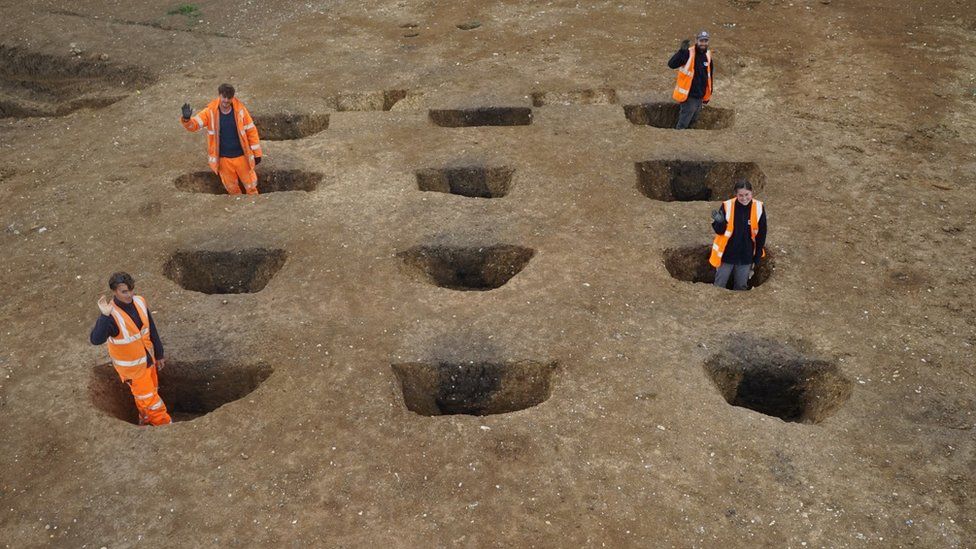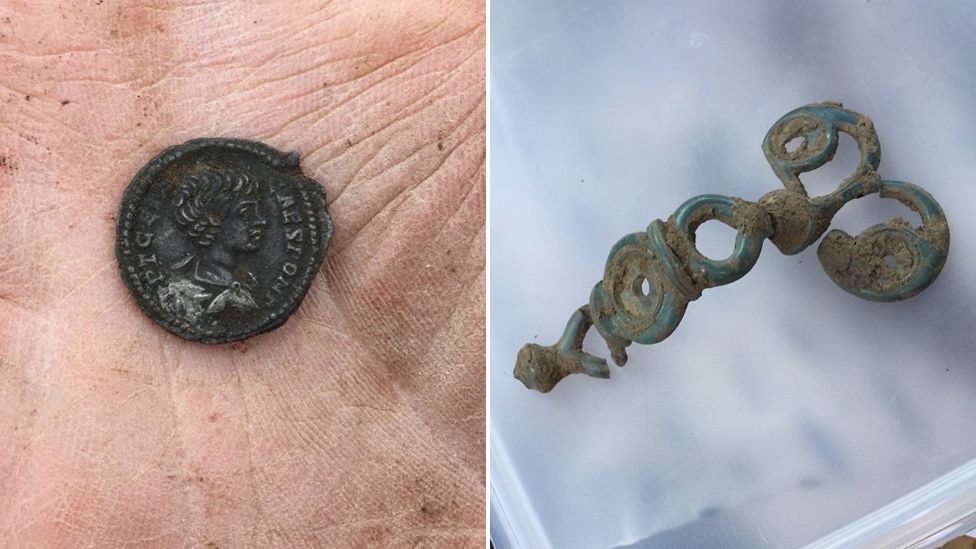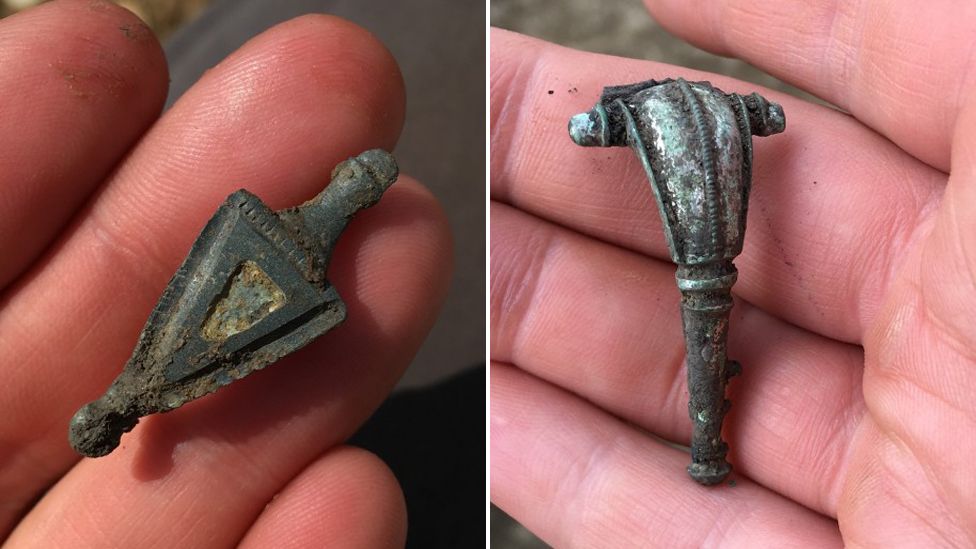Boudicca revolt: Essex dig reveals ‘evidence of Roman reprisals’
BBC News reports that archaeologists have found a ten-acre settlement made up of 17 roundhouses surrounded by a defensive structure that was burned down and abandoned in the late first century A.D.
Researchers think the residents of this high-status village may have participated in the revolt against the Roman invasion led by Boudicca, the queen of the Iceni tribe.
“The local Trinovantes tribe joined the A.D. 61 rebellion and after Boudicca’s defeat we know the Romans punished everyone involved,” said Andy Greef of Oxford Archaeology East.
“The local Trinovantes tribe joined the AD61 rebellion and after Boudicca’s defeat we know the Romans punished everyone involved,” said Andy Greef.
The excavation by Oxford Archaeology East ahead of a housing development by Countryside Properties began during the first lockdown and lasted eight months.
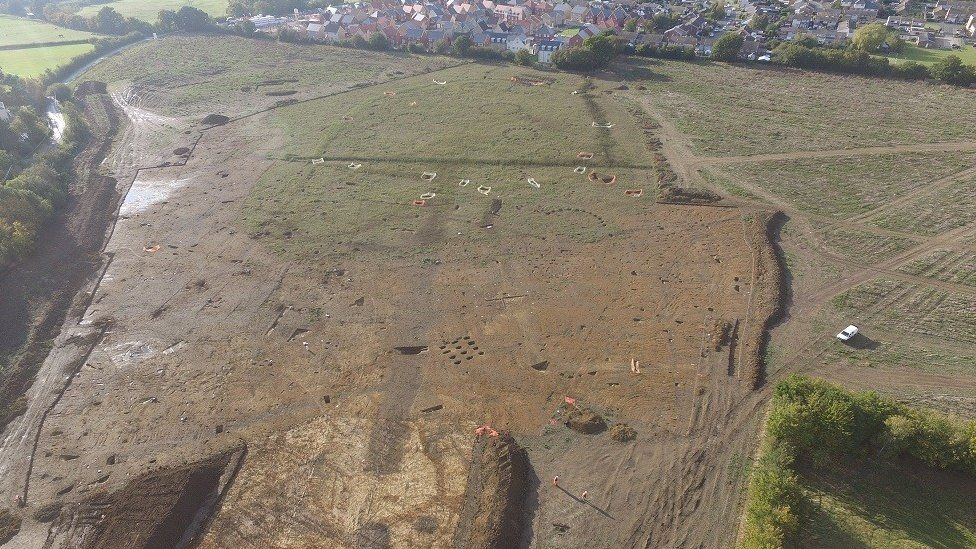
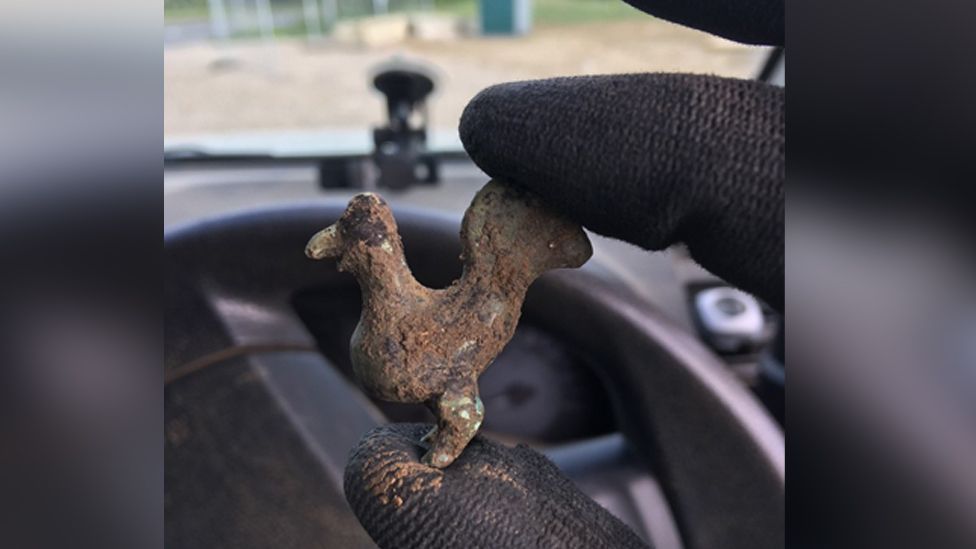
The enclosure was “clearly an important place” with an “avenue-like entrance” and continued to expand after the Roman invasion in AD43, so archaeologists were surprised it was not resettled after its destruction.
Further evidence of the settlement’s abandonment was the complete lack of Roman burials in subsequent centuries, Mr Greef added.
Despite this, the site remained a centre of “votive offerings” – possibly linked to the cult of the Roman god Mercury – until the end of the Roman occupation in the Fourth Century AD.
Mr Greef said: “More than 100 brooches, 10 Iron Age coins, dozens of Roman coins, hairpins, beads, finger rings and a lovely copper alloy cockerel figurine were discovered.
“It could be there was a shrine on the site that continued to attract people and, as it’s very close to the Roman road Stane Street, it was easy to access.”
The dig also revealed “one of the most significant assemblages of late Iron Age pottery from Essex in recent years”.
Many months of analysis lie ahead, but once completed, it is hoped some of the finds will find homes in Essex museums.
